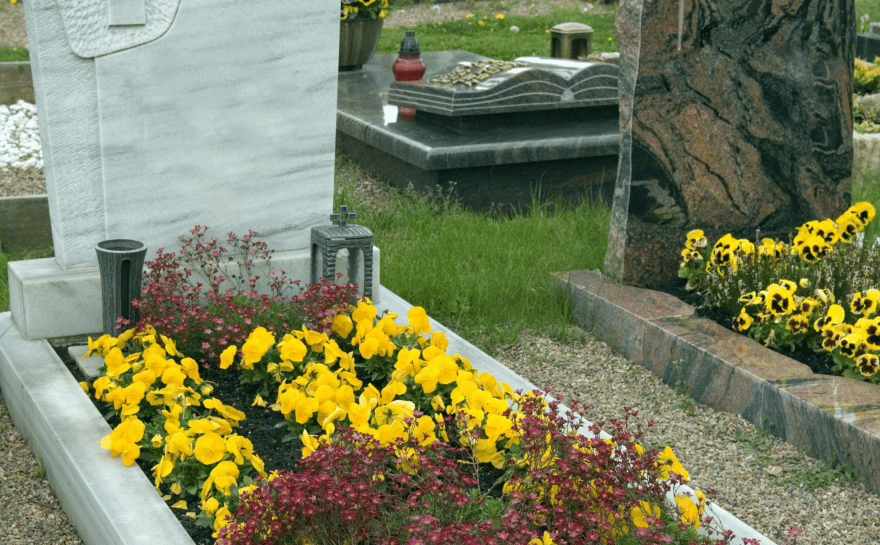June 9, 2025
Being Laid to Rest with Whanau – Family Plots and Companion Graves
Does the idea of being laid to rest together with your family appeal to you?
There is growing demand for areas like this to be set aside in our cemeteries to allow for couples or whole families to be interred – or buried – together. In this article, we explain what a family plot and a companion grave are, whether it might be right for you, and how to secure them.
What is a companion grave?
These are burial plots that are sold in pairs, typically for couples to be laid to rest together. Purchasing a companion plot means that even if a couple passes many years apart, there is space set aside for them to be buried with their partner. Memorials can be made individually, or a double-wide memorial can be installed if the plots are side by side. In this case, one-half of the memorial is used for each person.
Purchasing a companion plot means that even if a couple passes many years apart, there is space set aside for them to be buried with their partner.
Some companion plots are set back to back, in which case a memorial placed at the head of each plot can have one side dedicated to each person. Companion graves can also be set up as a double-depth plot, where one casket is placed on top of another. These can be more affordable.
What is a family plot?
Typically these are sections of a cemetery that are put aside for multiple family members. Sometimes a family will have one central headstone and smaller headstones for each family member, and other times each family member will have their own large headstone. At the time of writing this article, Maunu Cemetery in Whangārei is the only cemetery in the district that has family plots available. They allow only one monument to be erected per family plot.
Is a family plot or companion grave right for me?
To decide whether a companion grave or family plot is the right choice for you and your whānau, it is important to have an open and honest discussion with everyone involved.
Death and dying are hard to talk about, and often people can be reluctant to talk about what they want to happen with their body when it is a long time in the future.
To secure a family plot can be expensive, and before you make a commitment it’s important to know if the rest of your family want to be laid to rest in the place you have chosen.
How do I secure a family plot or companion grave?
Most New Zealand cemeteries are run by local councils. You’ll want to contact your local council to ask what your options are. Some smaller local cemeteries are administered by local community committees, trusts or marae.
Every cemetery will have different guidelines for what plots are available for whom (i.e. there might be areas set aside for particular faiths, or some areas set aside for the interment of ashes only).
When you purchase a cemetery plot, you don’t purchase the land, but you purchase the right to be buried in that plot. This right expires if it is not used in 60 years. There are also rules for what types of memorials can go on each plot – so if you are set on a particular memorial, make sure that your chosen plot allows for it.
What local cemeteries have family plots available?
Whangārei’s main cemetery, Maunu Cemetery, recently developed land for family plot use. Plots can be purchased for groupings of two, four, six or eight. For cemeteries in other New Zealand districts, we recommend reaching out to your local council, community group, church or marae that manages the land to inquire about family plot and companion plot availability.
Robinson Memorials can help you design the perfect memorial to honour the life of your loved ones and install this at your chosen plot. Talk to our friendly team about your ideal memorial design and we’ll create a beautiful, long-lasting memorial to honour your loved one.
